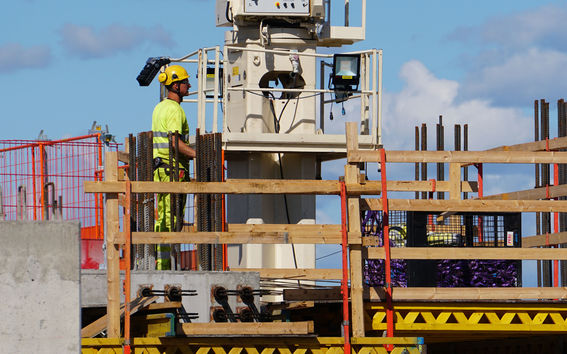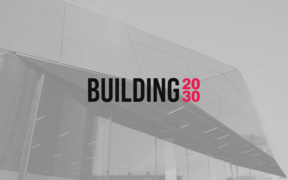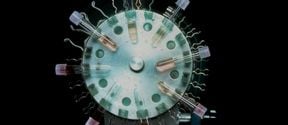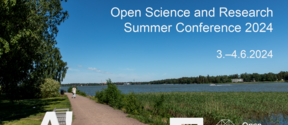iCONS: Boosting construction productivity with indoor positioning

The concluding seminar for the iCONS (Intelligent Construction Site) project took place on 8 February 2019 in Otaniemi. In his opening presentation, Professor Olli Seppänen of Aalto University summarised the key findings of the two-year study. 'There’s a huge amount of waste and variation in construction,' he said. 'We should aim at doubling or trebling productivity, as shipbuilding has already done.'
Positioning technology provides objective data
Aalto University and the eight companies involved in the iCONS consortium used positioning and technologies related to the Internet of Things (IoT) to make the construction site intelligent. They were able to obtain real-time data of the location and movements of people, equipment, and materials.
Johannes Koponen of VISMA, the key technology provider in the project, described how the IoT was used in the project, explaining how workers wore beacons the size of a key ring, while sticker-like devices were attached to materials and equipment. Gateways were distributed around the construction site. They monitored the position of the beacons and sent respective real-time data to the cloud for analysis. In addition, craftspeople utilised a mobile app to find items on the site. The technology was also useful for managing projects and material flows, improving workplace safety and tracking resources.
Most of the craftspeople’s time on a construction site is wasted
Analysing the iCONS data, the researchers could see tangible proof of productivity problems at the eight Finnish construction sites. Overall, craftspeople spent an average of 52% of their work hours at the workface. However, they stayed there for more than ten minutes only 34% of the time; yet ten minutes is the minimum work period that can be regarded as value-creating.
The workers had little or no control over the reasons for this inefficiency. They were either collecting equipment and materials or looking for information. Further, 50% of their time they were not where they were supposed to be according to the main contractor’s schedule. The craftspeople had to micromanage the work by themselves in order to meet their targets.
Logistics is a key to productivity improvement
Ari Viitanen, partner at Carinafour, referred to his company’s experiences in shipbuilding. He proclaimed that variation kills cost efficiency and lowers work satisfaction.
Viitanen told how 20% of productivity variation is due to internal issues, such as differences in methods, variable skills and ease of installation. External variation has a 50% impact, and often stems from design errors, delays in preceding work, a lack of resources, poor communication, bad weather and so on. Unplanned supply of building materials is one of the key culprits. Aalto University researchers found that materials typically change location eight times within the construction site.
The key to improving construction productivity is thus to minimise variation. Together with building contractor Fira, Carinafour devised an efficient logistics process for takt production. In this process, daily installation packages are delivered, on time, from an assembly and logistics unit to the building site. They’re then tagged with beacons that help monitor the material flow and provide data for continuous process improvement.
Access to digital information is a must in lean construction
Fira’s Otto Alhava and Jarmo Kärkkäinen shared a building contractor’s view on lean construction and digital tools that can support it. Their case study was Capella, a 7-storey apartment building project in which Fira used takt production and digital management tools.
According to Kärkkäinen, there are three steps to the digitalisation of construction: 'Bits to the floor slab, shared apps and the flow of information from one app to another.' In practice, even the first step is a challenge. When mobile data connectivity is poor, workers must walk to the site hut to access the necessary digital information and take it back to the workface in printouts.
At Capella, Fira set up a WiFi network inside the building and used a mobile app to do weekly and daily task management and to deliver work orders. Subcontractors could also send 'roadblock' alerts to the main contractor. Furthermore, Fira shared design information from BIMs with the craftspeople. IoT sensors beamed humidity and temperature information to the cloud.
The Capella experiment paid off: the project was completed two months ahead of schedule.
Individual’s productivity is the key
'The productivity of the construction sector will not pick up until the productivity of individual workers improves,' Otto Alhava reminded. Craftspeople must have the necessary information, materials, and tools in the right place at the right time so that they can be productive.
In the last presentation, Kari Lamberg voiced the concerns of The Finnish Construction Trade Union. Recording people’s movements within the site should not be taken for granted. It must always be agreed on mutually between employers and employees.
The presentations and the lively discussion at the event indicate that the industry is ready to take concrete steps toward better productivity. It will be a joint effort, where especially the craftspeople’s voice must be heard.
Building 2030
The Building 2030 project envisions, researches and promotes a better future of construction.

- Published:
- Updated:
Read more news

Broadband miniaturized spectrometer research receives QTF annual discovery award 2024
The clarity and compelling presentation of the research were one of the reasons why Doctoral Researcher Md Uddin earned the prize for the research paper, which was published in Nature Communications.
Robotics needs safe behavior patterns
Robotics and autonomous systems are developing rapidly. Algorithms that withstand disturbances and uncertainties in the system model and environment are critical for development.
A new way to do controlled experiments in medicine: simulate the control
Generative AI could augment randomized controlled trials.